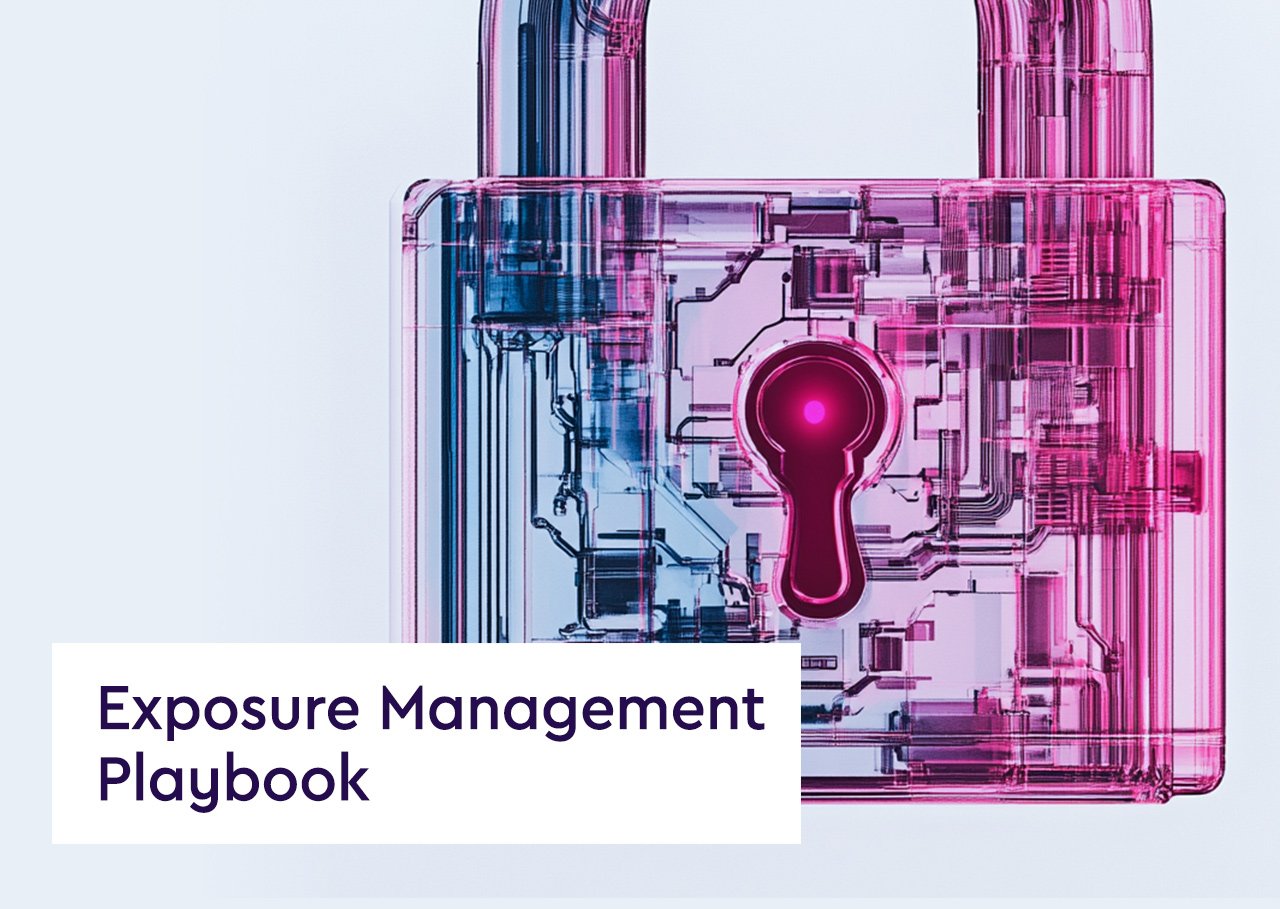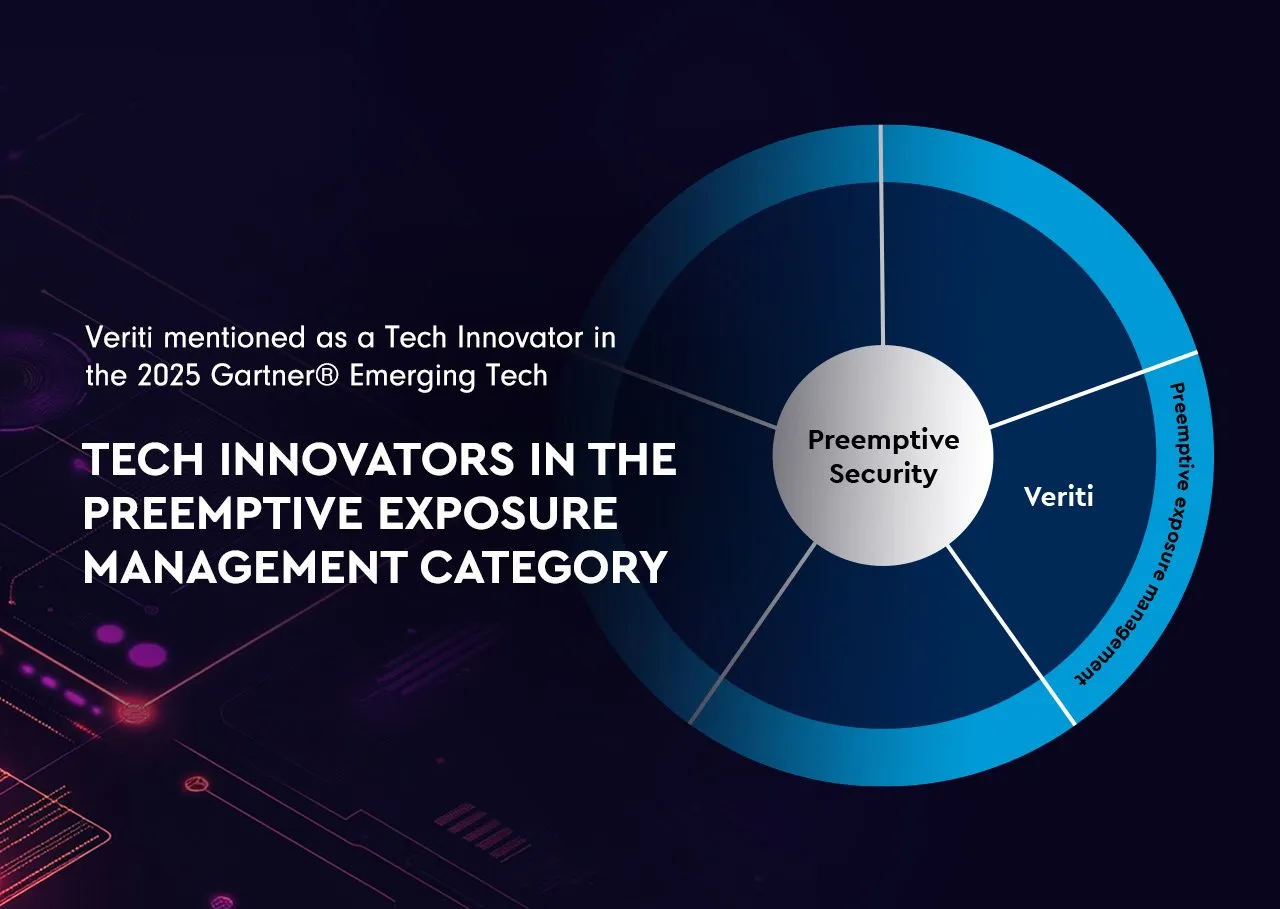Definition: “Shift Left” is a practice in software development and cybersecurity that involves integrating security and testing processes early in the software development lifecycle (SDLC). The term derives from the idea of moving these processes to the “left” on the timeline of a project, meaning they start earlier. This approach aims to identify and address vulnerabilities, bugs, and compliance issues more efficiently and effectively, reducing the risk and cost associated with security flaws discovered later in the development process.
Key Principles of Shift Left:
- Early Integration of Security Practices: Incorporating security considerations and controls from the planning stages of a project and throughout all phases of the SDLC.
- Continuous Testing: Implementing automated testing tools that continuously test and monitor the code for potential security issues as it is developed.
- Developer Involvement in Security: Empowering developers with tools and training to identify and address security issues themselves, rather than relying solely on security teams after development phases.
- Collaboration Between Teams: Enhancing collaboration between development, operations, and security teams to ensure security is a shared responsibility and is integrated throughout the development process.
Benefits of Shift Left:
- Improved Security Posture: Detecting and resolving security issues early reduces the potential for vulnerabilities in production environments.
- Cost Efficiency: Addressing issues early in the development process reduces the costs associated with fixing security flaws in later stages or after deployment.
- Faster Time to Market: Incorporating security early helps ensure smoother and faster development cycles, as fewer major issues arise at later stages.
- Enhanced Compliance: Proactively incorporating compliance requirements into the development process helps ensure that the final product adheres to necessary regulatory standards.
Best Practices for Shift Left:
- Adopt DevSecOps: Implement a DevSecOps culture where security is integrated into DevOps processes.
- Use Automated Security Tools: Leverage automated security testing and integration tools that fit naturally into developers’ workflows.
- Continuous Education: Provide ongoing training and resources to help developers stay updated on the latest security practices and threats.
- Incremental Implementation: Start small with shift-left practices and gradually expand as teams adapt to new workflows and tools.
Shifting left in cybersecurity and software development enhances the overall quality and security of software products. By integrating security measures early in the SDLC, organizations can avoid costly fixes, accelerate deployment times, and reduce the risk of security breaches. As cybersecurity threats continue to evolve, adopting a shift-left approach will be crucial for developing secure, reliable, and compliant software in a cost-effective manner.




